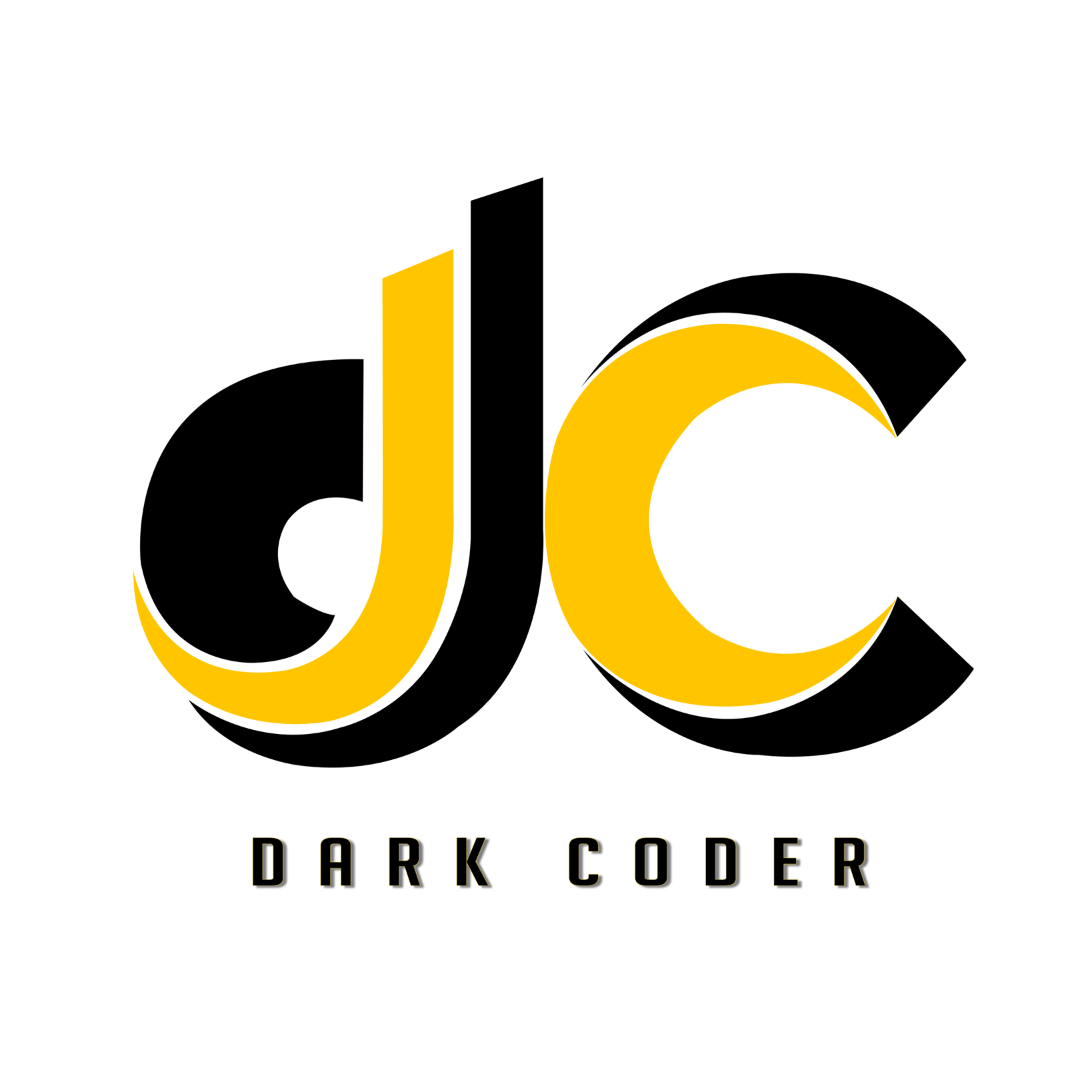Dennis Ritchie developed the C programming language at the Bell Laboratories in 1972. C programming language grown from two earlier languages called the BPCL and B.
BPCL (“Basic Combined Programming Language”) is a procedural, imperative, and structured programming language.
B Programming Language (“Basic Programming Language”)
BPCL and B were also developed at Bell Laboratories. In 1978, Brian Kernighan and Dennis Ritchie published a description Book of the C language, also called the ‘K&R.’
you can find a PDF of the Book here
Because of its features, the C language Gets popular very fast. It was one of the most famous programming languages In the 1980s.
American National Standard Institute(ANSI) formalized the language In 1988. And in 1990 International Standard Organisation(ISO) approved a version of the C language, also called C89.
C Language is a general-purpose structured programming language. It has a set of data types and a syntax that uses English language keywords.
C Language requires a compiler to compile the Program that ware wrote in C. Also, C is a middle-level, structured programming language. Thus it combines elements of low-level and high-level languages. That means it becomes the bridge between the machine language (0,1) and the conventional high-level languages.
This Bridging Ability provides flexibility to the C programming language, allowing it to be widely used for systems programming and applications OR a significant part of Windows, UNIX, and Linux operating systems.
Complete History of C Programming Language:
C is a general-purpose, high-level programming language developed in the 1970s by Dennis Ritchie at Bell Labs. It is a procedural language designed to be used in a step-by-step process to solve a problem or accomplish a task.
One of the main features of C is its portability, which means that it can be easily adapted to different computer systems and hardware platforms. C programs are written in a standardized form, and they can be compiled on any computer that has a C compiler. C is popular for developing operating systems, compilers, and other systems-level software.
C is a high-level language that is relatively easy for humans to read and understand. It uses English-like keywords and simple syntax and is not tied to any specific hardware or operating system. This makes C a good choice for beginners who are learning to program and for more experienced programmers who need to write code that is easy to maintain and modify.
The first version of C was developed in 1972 and based on an earlier programming language called BCPL (Basic Combined Programming Language). C was designed to be a more powerful and flexible language than BCPL, and it quickly gained popularity among programmers.
In 1978, the first edition of “The C Programming Language” was published, which became known as the “C Bible” and is still considered a classic text on C programming today. Dennis Ritchie and Brian Kernighan wrote the book, often referred to as “K&R” after the authors’ initials.
In the 1980s and 1990s, C became even more popular as it was used to develop a wide range of software, including operating systems, compilers, and applications for personal computers. In the 2000s, C continued to be widely used, although newer languages like C++ and Java for some applications gradually replaced them.
C is still a popular and widely-used programming language and is considered a “low-level” language well-suited for systems-level programming. It is used to develop various software, including operating systems, compilers, and applications for many platforms. Despite its age, C is still widely considered a powerful and efficient language that programmers worldwide use.
Where is C used today?
C is used to develop Kernel-level and operating systems programs.
It is used for Compiler construction. It also provides the facility to develop desktop and mobile phone operating systems.
C is a general-purpose programming language that is widely used for a variety of applications. It is particularly well-suited for systems-level programming, which involves writing code that interacts directly with a computer’s hardware or operating system. Some of the main areas where C is used today include:
-
Operating systems: C is often used to develop the kernel and other parts of operating systems, such as the Linux kernel and the Windows operating system.
-
Compilers: C is often used to write the front end of compilers, translating high-level programming languages into machine code.
-
Embedded systems: C is widely used to write software for embedded systems, which are small computers that control devices like phones, TVs, and appliances.
-
Applications: C is still widely used to write applications for personal computers, servers, and other platforms.
-
Performance-critical applications: C is often used to write code that needs to be fast and efficient, such as games, scientific simulations, and financial applications.
Despite the increasing popularity of newer languages like C++, Java, and Python, C remains a popular and widely-used programming language that is well-suited for many applications. It is still considered a powerful and efficient language widely used by programmers worldwide.
